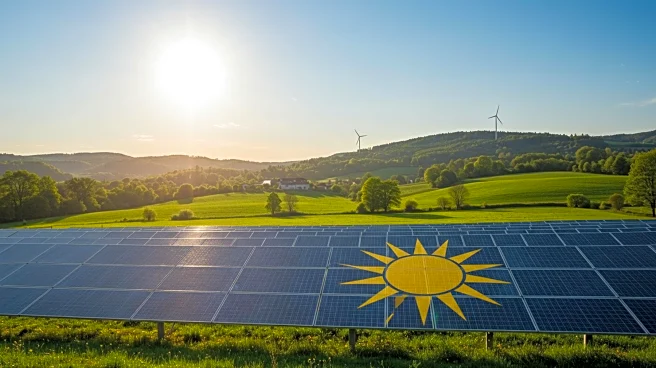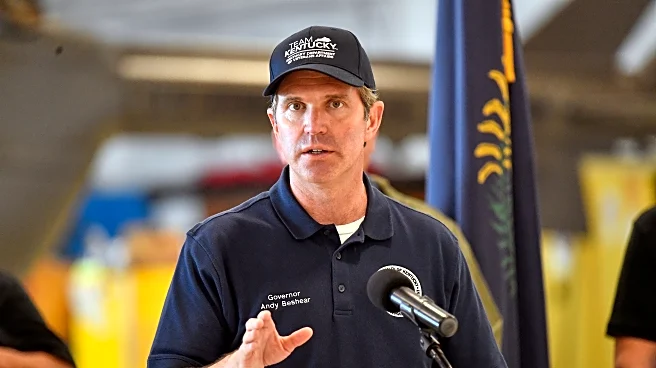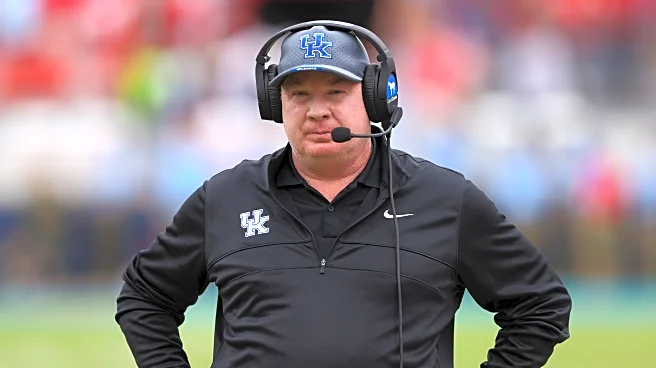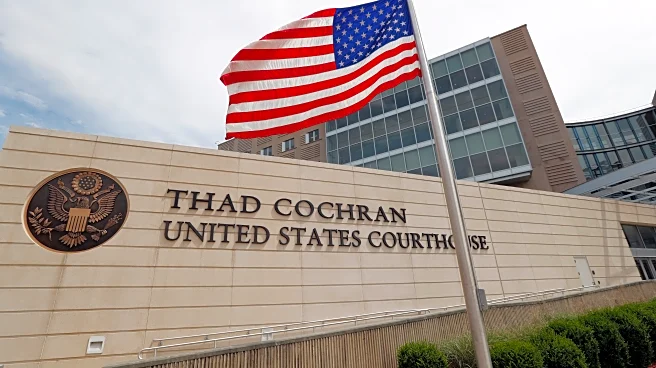What is the story about?
What's Happening?
Farmers in the Mid-South, including Arkansas, Louisiana, and Mississippi, face significantly higher crop insurance rates compared to those in the upper Midwest. Research led by Hunter Biram, a Ph.D. extension economist, has explored the impact of hurricane incidence on agricultural production risk using insurance data. The study, published in the American Journal of Agricultural Economics, provides insights into the factors driving these disparities in insurance costs.
Why It's Important?
Understanding the impact of tropical systems on crop insurance rates is crucial for farmers in hurricane-prone regions. Higher insurance costs can affect the financial stability of farms and influence decisions on crop management and investment. The research offers valuable data that could inform policy changes and risk management strategies, helping to mitigate the economic burden on farmers in these areas.
Beyond the Headlines
The study highlights the need for tailored insurance solutions that account for regional climate risks. It also underscores the importance of ongoing research and collaboration between economists and policymakers to address the challenges faced by farmers in vulnerable regions. Long-term strategies may include developing more resilient agricultural practices and improving forecasting models to better predict and manage climate-related risks.
AI Generated Content
Do you find this article useful?













